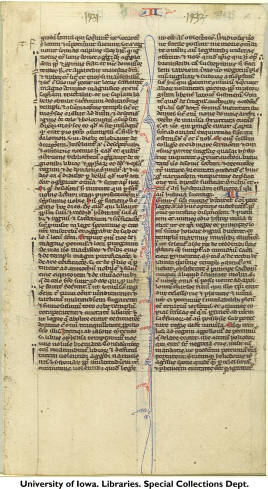How did versions of the Bible reflect the struggles of the European Reformation? How did the Bible “migrate” to America? What is a Cherokee Testament? How did President Lincoln use the Bible in his private and political life? Can the Bible be a comic book?
Editions of the King James Bible around the world are coming out of the woodwork to celebrate the 400th anniversary of the publication of the “Authorized Version.” You may want to keep an eye out for any King James Bible sightings in your neighborhood – all the more so because Special Collections is launching a temporary exhibition on the cultural influence of the Bible and its 1611 King James Version.
Our exhibit follows a timeline from the 13th through the 21st century, but it also traces certain themes and developments in bibles as well as Bible-related and -inspired materials. Foremost among these is how books made for biblical performances and experiences – in church, meditation, literature, education, and political decision making. As Dr. Blaine Greteman observes, “For hundreds of years the King James Bible provided the script for life – used for weddings and funerals, swearing in presidents, and documenting family histories.”
One example:
Special Collections call number: xfMMs.Bi3
It wasn’t merely church doctrine and Latin language that kept early Bibles out of the hands of the laity. Manuscript Bibles, produced on vellum (sheep or goat skin) were tremendously expensive to produce. Often elaborately illuminated, they were both holy writ and objects of desire. This is a leaf of a Bible produced by the workshop of William de Brailes, a 13th Century artist who illuminated the famous “Oxford Bible,” which consists of thirty-four illuminated miniatures depicting biblical events from the fall of the Rebel Angels to the Last Judgment. This page is from Maccabees II, a book that Catholics and Orthodox Christians consider canonical, but most Protestants consider as part of the “Apocrypha.”
Please come visit our Bible exhibit in the corridor on the 3rd floor of the University of Iowa Main Library.
